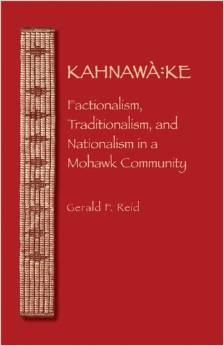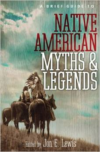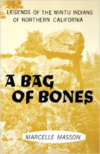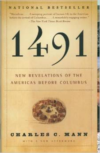Description
Today Kahnawa: ke (“at the rapids”) is a community of approximately seventy-two hundred Mohawks, located on the south shore of the Saint Lawrence River near Montreal. One of the largest Mohawk communities, it is known in the modern era for its activism-a traditionalist, energetic impulse with a long history. Kahnawa: ke examines the development of traditionalism and nationalism in this Kanien’keka: ka (Mohawk) community from 1870 to 1940. The core of Kahnawa: ke’s cultural and political revitalization involved efforts to revive and refashion the community’s traditional political institutions, reforge ties to and identification with the Iroquois Confederacy, and reestablish the traditional longhouse within the community. Gerald F. Reid interprets these developments as the result of the community’s efforts to deal with internal ecological, economic, and political pressures and the external pressures for assimilation, particularly as they stemmed from Canadian Indian policy. Factionalism was a consequence of these pressures and an important ingredient in the development of traditionalist and nationalist responses within the community. These responses within Kahnawa: ke also contributed to and were supported by similar processes of revitalization in other Iroquois communities. Drawing on primary documents and numerous oral histories, Kahnawa: ke provides a detailed ethnohistory of a major Kanien’keka: ka community at a turbulent and transformative time in its history and the history of the Iroquois Confederacy. It not only makes an important contribution to the understanding of this vital but little studied community but also sheds new light on recent Iroquois history and Native political and cultural revitalization. Gerald F. Reid is an associate professor of anthropology and sociology at Sacred Heart University in Fairfield, Connecticut.






Reviews
There are no reviews yet.